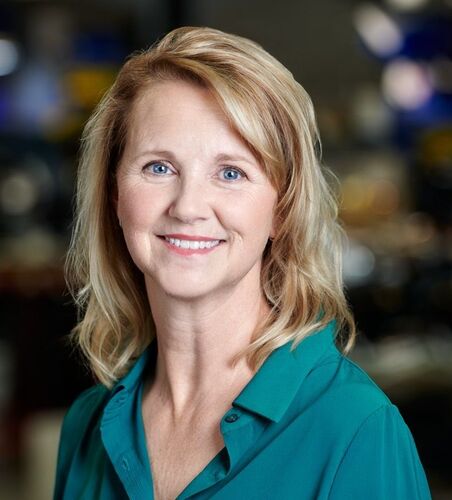
We collect basic website visitor information on this website and store it in cookies. We also utilize Google Analytics to track page view information to assist us in improving our website.
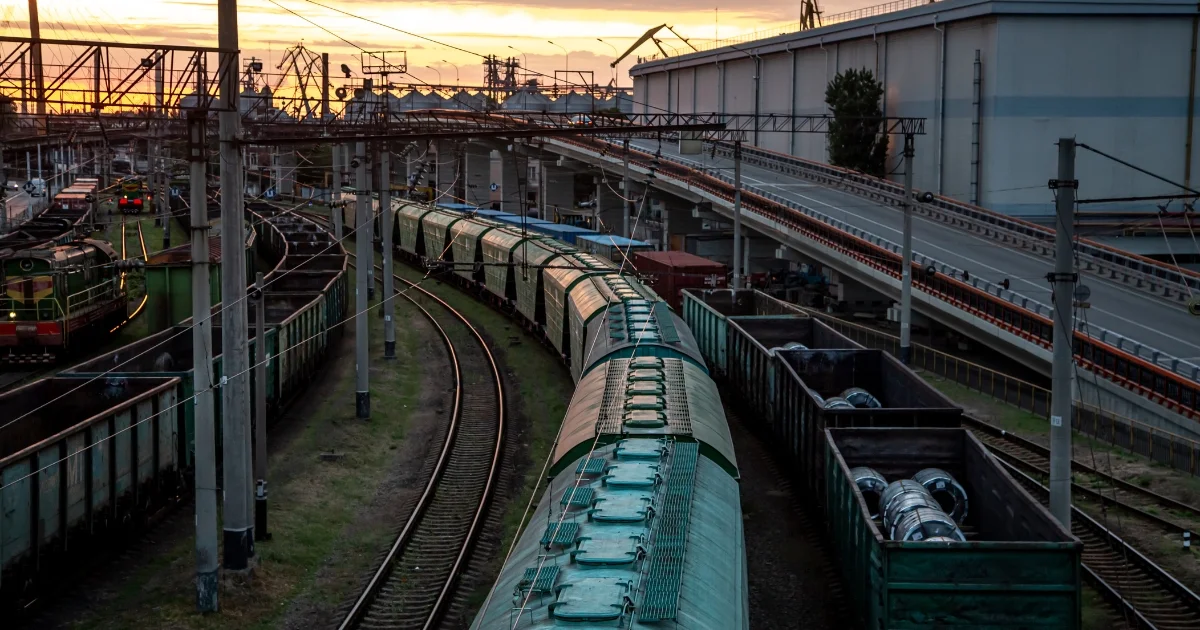
Power supply problems can arise in many ways. When hospital diagnostic equipment produces a blurry image; or train systems malfunction, four key power supply design components are usually involved: inductors, chokes, reactors, and filters. Each one controls power differently and selecting the wrong components during power supply design risks complete equipment failure.
In high reliability settings such as aerospace and medical facilities, power supply issues can cause equipment overheating, incorrect readings, or equipment that stops working completely. As an example, hospital imaging machines need special filters for clear imaging. A second example can be train systems that need powerful reactors to handle massive electrical loads. Off the shelf components often can't handle these tough jobs.
Different equipment needs different power solutions. Medical equipment must have clean, steady power. Aircraft systems need reliable power for safety. Factory machines need stable power to keep running. When basic components aren't enough, custom-designed solutions protect this critical equipment from failure.
This guide explains what makes each power component different and when you need custom versions. Whether you work with simple equipment or complex systems, knowing these differences helps avoid costly mistakes.
An inductor is used to introduce Inductance (L) into an electric circuit, preventing sudden changes in current flow. When a current (i) flows through the coil of an inductor, it develops a voltage potential (e) across its contact leads. This process allows the inductor to temporarily store electrical energy in a magnetic field within the core and around the coil. The core enhances the inductance and efficiency by concentrating magnetic flux lines within a closed magnetic path structure, helping to stabilize power inconsistencies.
An inductor's performance is determined by factors such as core material, wire gauge, air gap, and the number of turns in the coil. Most inductors use iron, ferrite, or air cores, each offering different characteristics for specific applications. The number of turns and the core type influence the strength of the magnetic field, directly affecting how the inductor functions within a circuit. For a deeper look at how inductors work, this technical guide from Bel Fuse covers their role alongside chokes, reactors, and filters.
You'll find inductors hard at work in many important industrial systems, such as:
In solar and wind power installations, they help convert unstable power into smooth, usable electricity.
Inside factory robots and automated systems, they keep power steady, so machines run smoothly.
In medical imaging equipment, they filter out electrical noise that could blur important diagnostic images.
While standard inductors work for basic jobs, you need a custom solution when your system requires a specific voltage or frequency range, when you're working with tight spaces or weight limits, or when your equipment operates in tough conditions like extreme heat or vibration.
Getting the right inductor, especially when you need a custom one, isn't just about making things work. It's about making them work reliably and efficiently for years to come. That's why engineers spend so much time choosing exactly the right inductor for each job.
A Choke is an Inductor type with or without a ferromagnetic core, used to block, hence “choke”, alternating current (AC) in a circuit by limiting the rate of change over a specified frequency range, while allowing passage of lower frequency AC or direct current (DC). This effect is often used in power supply circuits where the public AC mains (line) supply has to be converted to a DC supply suitable for powering electronic circuits.
In critical equipment like medical scanners or aircraft systems, this type of inductor protects against power disturbances that could cause equipment damage or system failures.

There are two main types of chokes, each designed to handle different forms of interference.
Common-mode chokes target interference affecting multiple power lines at once. Medical imaging systems need these to maintain diagnostic accuracy. Aircraft navigation depends on them for reliable signal quality. A failure in common-mode filtering could lead to blurred scans or corrupted flight data. These components are especially crucial in environments with high external interference.
Differential-mode chokes handle interference between individual power lines within a system. Manufacturing facilities rely on them to protect automated equipment from internal power fluctuations. Without proper filtering, voltage spikes could damage expensive machinery or halt production entirely. In industrial settings, these chokes often prevent costly downtime and equipment damage.
Chokes are widely used in hospitals, aircraft, factories, and data centers, where clean power is a necessity. In medical applications, chokes help maintain diagnostic accuracy, ensuring reliable imaging results. Aerospace electronics depend on them to keep communication and navigation systems free from interference. In industrial automation, they prevent voltage fluctuations from disrupting robotic precision and production efficiency.
While standard chokes work in many applications, some industries require specialized designs. Extreme electrical noise, unique frequency requirements, or strict regulatory compliance may demand custom chokes tailored to specific operating conditions. In these cases, engineered solutions provide the precise filtering needed to ensure uninterrupted performance and system longevity.
Reactors are large electrical reactors that keep industrial power systems stable and protected. Unlike regular inductors, these parts handle huge electrical loads, stopping power surges that can damage costly machines or shut down entire operations.
The science behind reactors is straightforward but critical. They create controlled electrical impedance in power circuits, acting as a barrier against voltage spikes and harmonic distortion. Without this protection, power fluctuations could overheat motors, trigger system failures, or cause widespread equipment damage.
Line Reactors guard industrial systems against power surges. When voltage suddenly spikes, these reactors absorb the excess power that would otherwise destroy factory equipment, HVAC systems, or motor drives.
Harmonic Reactors tackle power quality issues caused by modern electronic equipment. Variable frequency drives (VFDs) and uninterruptible power supplies can create electrical noise that strains systems. These reactors clean up the power, keeping equipment running within safety standards.
Load Reactors protect motors from electrical stress. In mining operations, railways, and industrial automation, motors need consistent power to function reliably. These reactors prevent overheating and control startup current surges.
Reactors play a vital role in power plants, transportation systems, manufacturing facilities, and renewable energy infrastructure – anywhere stable power distribution is necessary. In high-voltage substations, reactors help prevent electrical overloads that could cause grid instability. In electric train systems, they regulate power flow to traction motors, ensuring safe and efficient operation.
While standard reactors work in many applications, some systems require custom-engineered solutions to handle specific voltage levels, frequency conditions, or environmental constraints. Reactors designed for extreme temperatures, high-vibration environments, or unique electrical loads provide greater reliability and efficiency compared to off-the-shelf models.
Power filters remove unwanted electrical noise and interference from power systems. Unlike basic surge protectors, these components provide sophisticated frequency control, ensuring equipment gets clean, stable power. This filtering capability is crucial in medical facilities, electronics manufacturing, and communications systems where signal quality directly affects performance.
Filters use specific combinations of electrical components to control which frequencies pass through. Through careful design of inductors and capacitors, they create paths that trap interference while allowing desired power signals to flow. This selective blocking prevents both electromagnetic (EMI) and radio frequency (RFI) interference from disrupting sensitive equipment.
Different types of filters handle different jobs:
Low-pass filters block high-frequency interference while allowing lower frequencies through. These protect power supplies and sensitive electronics from fast-changing electrical noise that could cause malfunctions.
High-pass filters do the opposite - they block low-frequency interference while allowing high-frequency signals to pass
Bandpass filters are more selective, allowing only specific frequency ranges to pass through. Medical imaging equipment relies on these for precise signal control and clear diagnostic results.
EMI filters handle a specific challenge: electromagnetic interference. They shield sensitive electronic systems from the electrical noise generated by motors, power lines, and wireless devices. In industrial settings, where heavy machinery operates near delicate control systems, EMI filtering prevents equipment failures and data corruption.
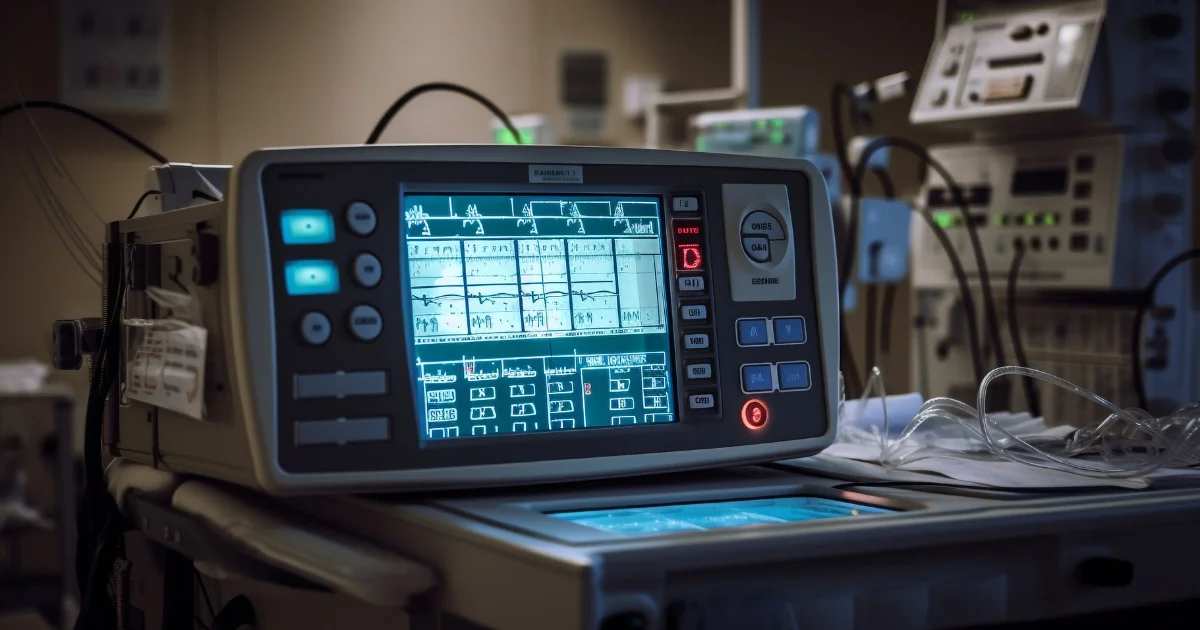
Filters protect essential equipment in some of the toughest conditions. In hospitals, they keep power steady for accurate test results – one small power problem could affect patient care. Telecommunications centers rely on them to keep data flowing smoothly through their delicate communication systems. Without proper filtering, important messages could be lost.
Manufacturing facilities need filters to protect precision machinery. Modern factory floors run on complex automated systems that depend on clean, stable power. Even minor electrical interference can throw off calibration or cause expensive production errors. Research laboratories face similar challenges, where delicate scientific instruments need pristine power conditions for accurate measurements.
While standard filters handle common interference problems, many specialized applications demand custom solutions. High-tech medical equipment might need filters designed for specific frequency ranges. Data centers often require filters that can handle unusual power loads or meet strict performance standards. Manufacturing equipment might face harsh electrical environments that overwhelm basic filters.
Custom-engineered filters become essential when standard components can't meet these challenges. Whether it's dealing with high-frequency noise, meeting strict regulatory requirements, or handling unusual power conditions, these specialized filters ensure reliable operation where standard units would fail. In critical applications where clean power directly affects performance and safety, custom filtering solutions protect both equipment and operations.
Choosing the right electrical component requires matching your system's exact needs. Whether you need an inductor, choke, reactor, or filter, getting it wrong can lead to equipment damage or system failure.
Key Selection Factors:
Power and Frequency Needs: Components must handle your specific power levels and electrical signals
Environmental Requirements: Consider heat, vibration, and moisture resistance needs
Load Capacity: Ensure components can handle your system's full electrical load
Safety Standards: Match industry-specific requirements for medical, aerospace, or industrial use
Think of custom components as an investment in reliability. While they might cost more upfront, they can prevent expensive problems down the road. For critical systems where failure isn't an option, custom-engineered solutions often provide the best long-term value.
From medical equipment to high-speed trains, the right power components keep critical systems running safely. Whether you need an inductor, choke, reactor, or filter, choosing the wrong one risks expensive repairs or dangerous failures. Custom solutions provide the reliability these systems need to run safely and meet all requirements.
Ready to find the right solution? Let's discuss your specific needs.

One of the most critical components when designing a power supply for your equipment is a compatible transformer. If your equipment doesn’t receive the correct voltage, things can go downhill fast. Overheating components and equipment malfunctions are disasters waiting to happen. In industries that depend on precision—like medical, aerospace, and manufacturing—small power fluctuations can lead to costly downtime and failures.
A transformer does more than adjust voltage—it protects equipment, improves efficiency, and ensures reliability. Choosing the right one minimizes downtime, extends equipment life, and controls costs.
At its core, a transformer is just coils of wire wrapped around an Iron or ferrite core. Voltage is applied to one coil (the primary winding), creating a fluctuating magnetic field. That fluctuating field then transfers energy to the second coil (the secondary winding), “transforming” the applied voltage.
If the secondary coil has more windings than the primary winding, the voltage increases (step-up transformer). If it has fewer, the voltage decreases (step-down transformer). The frequency stays the same, but the transformer designer can vary the primary to secondary turns ratio to match what the system needs.
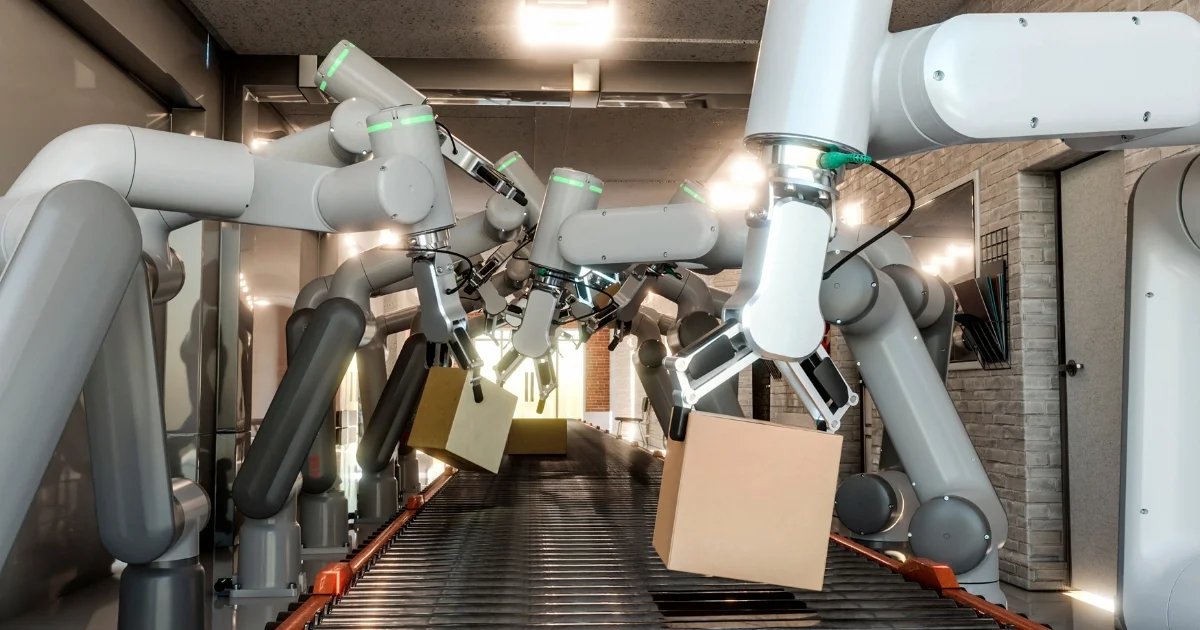
You’ll find transformers everywhere, keeping power stable and reliable:
Aerospace & Aviation – Powering radar, flight controls, and navigation systems.
Medical Equipment – Delivering stable voltage to MRI machines, surgical tools, and lab equipment.
Manufacturing & Automation – Preventing voltage fluctuations that could shut down assembly lines.
Renewable Energy – Converting power from wind and solar into usable electricity.
Different industries have very specific power needs. The wrong transformer can lead to wasted energy, equipment failures, or expensive downtime. The right one ensures efficiency, reliability, and long-term performance – which is why picking the right transformer isn’t just a technical decision. It’s a business-critical one.
A transformer is what keeps power stable and equipment running the way it should. But if the transformer isn’t a good match for the system, the consequences go beyond inefficiency. Poor voltage control leads to wasted energy, unstable performance, and in some cases, complete system failure.
When a transformer isn’t designed for the load it’s handling, energy gets lost as excess heat instead of useful power. That heat buildup isn’t just wasteful – it puts extra stress on the system. In industrial settings, even small inefficiencies add up. A factory running multiple misaligned transformers could be losing thousands of dollars in wasted electricity every year.
Unstable power is a slow killer. When voltage keeps shifting up and down, sensitive electronics start to wear out. Medical imaging machines, for example, require less than a 1% variation in voltage to function properly.
A transformer that can’t maintain steady output could cause distorted scans or unreliable test results. In manufacturing, unstable voltage can shut down automated systems or throw off precision equipment, leading to defects and downtime.
A transformer that isn’t rated for the job runs hot. And when it overheats, the entire system is in danger. Over time, excessive heat weakens insulation, damages wiring, and increases the chances of short circuits. In extreme cases, it can lead to catastrophic failures that take down an entire operation.
A large solar energy facility saw 30 transformer failures in six months. The cause? The transformers weren’t designed for the plant’s specific load requirements. The insulation inside them broke down under high temperatures, leading to repeated shutdowns. After switching to properly rated transformers, the failures stopped, and power output stabilized. Read the full case study here.
A well-designed transformer protects the system just as well as it powers it. In industries like healthcare, aerospace, and manufacturing, unreliable power isn’t just inconvenient – it’s a financial and operational risk. Choosing the right transformer ensures:
Consistent power flow to keep operations running without interruptions.
Lower maintenance costs by preventing overheating and equipment wear.
Longer lifespan for both the transformer and the equipment it powers.
The bottom line? A transformer might seem like a small part of a larger system, but when it’s the wrong one, the costs go far beyond just replacing a faulty component.
Not all transformers are created equal. While standard, off-shelf models work in some cases, many industries require precision power control that generic transformers can't provide. That's where custom transformers come in. They're designed to match specific voltage, current, and environmental demands, ensuring that equipment runs efficiently and safely.
Every system has unique power needs. Some equipment demands exact voltage with zero fluctuation, while others handle high loads and need specialized insulation to prevent overheating. A custom transformer matches these exact specifications, avoiding the risks of one-size-fits-all solutions.
In medical technology, aerospace, and automation, space matters. Standard transformers often prove too bulky or inefficient for tight spaces. Custom transformers fit specific size and weight limits without compromising power delivery.
Some environments push equipment to its limits. Systems might face extreme temperatures, constant vibration, or corrosive conditions where standard transformers fail. Custom-built units handle:
High heat and humidity in mining operations
Constant vibration in aerospace applications
Outdoor exposure in renewable energy system
Healthcare, aviation, and defense have strict regulations. Equipment must meet specific safety and performance standards. Custom transformers comply with these certifications from the start, preventing compliance issues and expensive fixes later.
A transformer isn't just another electrical component – it's the backbone of your power system. It regulates voltage, ensures equipment operates efficiently, and protects against costly failures. When chosen correctly, a transformer keeps power stable, extends equipment life, and reduces energy waste. But the wrong transformer leads to overheating, equipment malfunctions, and unplanned downtime – problems that cost thousands in repairs and lost productivity.
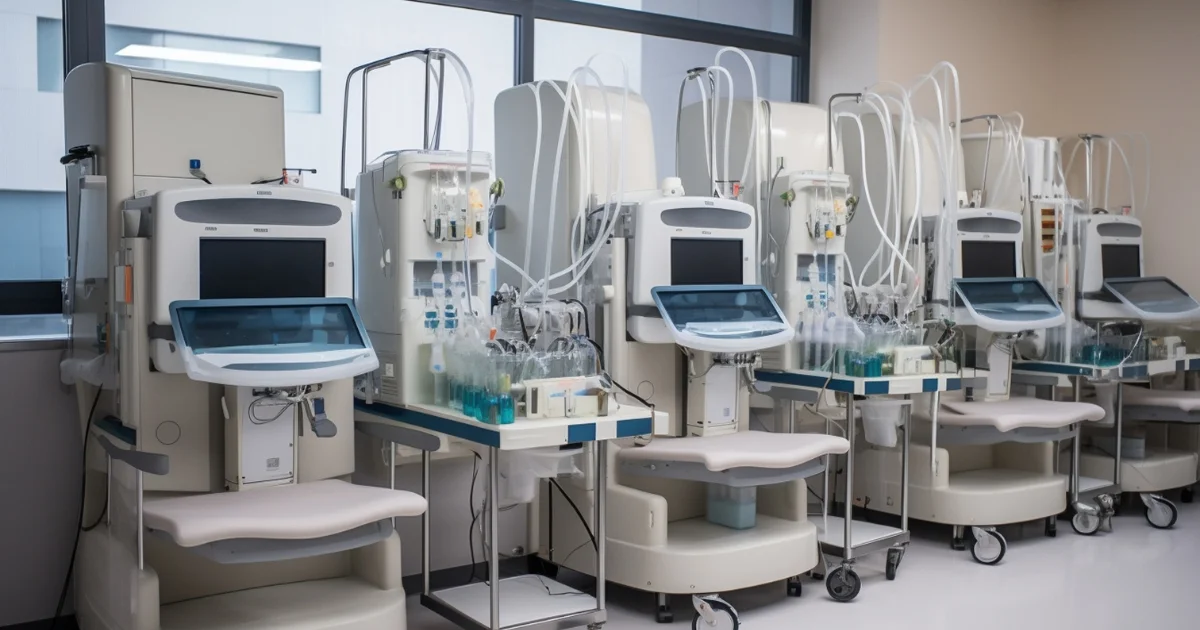
Transformer failures don't just stop one machine – they shut down entire operations. Manufacturing lines freeze, costing thousands per hour in lost production. Data centers crash, affecting countless users and damaging client trust. Hospitals face delayed procedures and compromised patient care. A properly matched transformer prevents these issues by maintaining reliable, stable power.
Poor transformer efficiency wastes power as heat, driving up electricity bills and straining cooling systems. In industrial settings, even small efficiency improvements save thousands annually. Better transformers minimize losses through improved design and materials, turning more input power into usable output instead of waste heat.
Power fluctuations kill equipment fast. High voltage burns out electronics. Low or unstable voltage makes systems work harder, wearing them out sooner. Motors fail early, circuit boards break down, and precision machines lose calibration. Quality transformers prevent these issues by delivering exact voltage levels without fluctuation.
Many industries face strict power regulations. Medical facilities need specific power quality for patient safety. Aerospace requires transformers that meet rigorous standards. Using the wrong transformer means failed inspections, regulatory violations, and expensive fixes.
While cheaper transformers save money upfront, long-term costs add up through frequent repairs, higher energy bills, damaged equipment, and production losses. For industries where power quality affects performance and safety, the right transformer is essential for operational success.
At Electronic Craftsmen, we specialize in transformers that match your exact needs. Our team works with you to understand your requirements, space limitations, and operating conditions. We'll help design a solution that keeps your systems running reliably for years to come.
Ready to improve your power system? Let's talk about how we can help make your equipment work better, last longer, and cost less to operate.
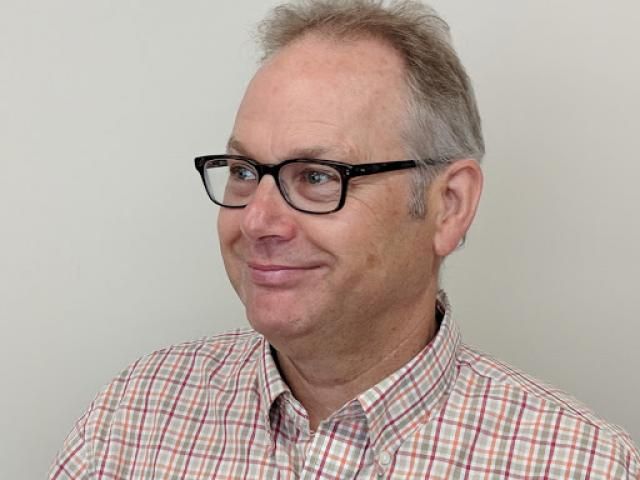
Like many people these days, Tom wears multiple hats - not only is he our President and Engineering Manager, he’s also our “innovative leader” with a constant craving to learn. He came to us with solid credentials - a Bachelor’s degree in Electrical Engineering from esteemed University of Waterloo in 1981 followed by his licence as a Professional Engineer in 1984.
Electronic Craftsmen is the perfect place for Tom and his expertise because the complex transformers & inductors that we design are essentially electric devices with multi-dimensional mechanical, environmental and thermal characteristics.
Tom takes pleasure in the challenge of figuring out how to build a part after he's calculated the electrical design. Once the technical requirements are met, he puts his creative talents to work on how to best assemble the device to withstand the rigours of time and abuse of its intended environment. Many of our parts are used in highly sensitive and demanding environments and this is where Tom’s expertise is critical.
There is very little new information available on the science of transformers – most books on the subject were written 50+ years ago. In today’s obsession with “digital disruption”, the design of transformers and inductors has become a bit of a lost science; here at Electronic Craftsmen we're reinventing this technology by combining years of experience with state-of-the-art materials.
One of Tom’s most significant contributions to E Craftsmen is his understanding of Thermodynamics.
He is skilled in the complexity of thermal transfer within the windings & core of a magnetic device and in the mechanics of moving heat energy using air and/or fluid flow. Why is this so important? Transformer heating is arguably the most potentially destructive element in a design and understanding how to effectively extract it is crucial to the long-term reliability of any part.
Tom is renowned for his collaboration with leading aircraft designers on Boeing and Airbus platforms - we’re very proud to say that our parts have been flying in many of these aircraft for over 35 years.
Tom is an essential asset to our clients and to the Electronic Craftsmen team.
He has the drive and the know-how to consistently make parts that surpass expectation – that’s why our clients keep coming back!
 |
Sometimes there just isn't room inside a fixture or junction box to install a standard internal-mount transformer. |
That’s why we're excited to introduce a practical addition to our Slim Line 347V & 480V step-down autotransformer family.
These easy-to-install versions of our popular step-down transformers are uniquely designed for external-mount applications. The enclosed-style autotransformer is easily attached on the outside via an integral threaded nipple inserted through a standard ½" NPT hole or knockout. All wiring is contained within the lighting fixture!
Rugged, compact and UL Listed for both Canada and the U.S., this part is a simple and elegant way to solve your commercial, industrial or street lighting LED lighting application.
Enclosed-type external mount LED lighting autotransformers are currently available in three models:

Specifications:
Models are also available with an internal auto-resettable thermal fuse:
Download complete specifications at our Slim Line Transformers page or contact E Craftsmen for details!

E Craftsmen has long standing relationships with trusted vendors located in China, Taiwan and India and we can utilize these partners when higher volumes would suggest cost-reduction potential.
We value our relationships with these vendors and have been working with some of them for upwards of 10 years. Each of these companies has their own unique competencies and we select the most suitable manufacturer based on the part parameters.
Any effort to utilize these partners is conducted in a way that is fully visible and trouble-free for our customers. Typically, all production parts are shipped to our facility in Waterloo, Ontario, for 100% conformance testing before delivery to our customer. In some cases, however, we can facilitate a drop-shipment program from our vendor directly to the customer’s own off-shore facility; of course, this scenario may require additional quality assurance provisions.
Today's sophisticated renewable energy products place significant demands on magneticsComplex configurations, unique heating requirements, switching harmonics - all in smaller packages. In the customer’s eyes, if it's not efficient, reliable and cost-effective, it won't make the cut. The risks are inherent in all new designs. |
 |
E Craftsmen is a long-time expert in the business of developing and delivering custom magnetics for high risk applications. Send us your toughest design challenge — We do power perfectly!
When you’re pricing your next custom transformer or inductor, it’s critical to get the specifications right, the first time. Our products and your applications demand precision…usually that involves some back-and-forth with engineers to gather all the information needed to generate an accurate quotation.
E Craftsmen offers a wide range of custom magnetics, each one with its own unique specification, so we created this one-page guide to use as a checklist to help you scope out all the details.
Our Quick Specifications Guide for Custom Magnetics will help you ensure that you’ve acquired all the pertinent details from electrical specifications to physical constraints and regulatory needs. Download the guide here and keep it handy to take along to your next design review meeting. We hope it’s a big help!
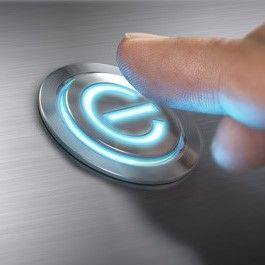
As an engineering firm, research and continuous improvement are key elements to our success. Now, we’re taking those best practices beyond our products and apply them to our company brand too.
We did some recent research with our customers as well as within our industry, and discovered that even though the E Craftsmen name was introduced nearly 10 years ago, the Electronic Craftsmen name remained widely used.
So, we decided to borrow from our past, and to build something new for our future.
Moving forward, we’ll be using both the Electronic Craftsmen and E Craftsmen brand names. There is no need to change your bookmarks or saved email addresses for E Craftsmen.
So, what’s in a name?
As our primary focus is “power electronics”, emphasizing this in our name provides both, clarity on our specialty, and credibility to our brand, so we’re bringing back the prominence of the Electronic Craftsmen name. E Craftsmen will continue to be used as our corporate name and as a shortened form for our website and email addresses.
We’re particularly excited to introduce our new logo! It’s already been applied to our website and we’re in the process of adding it to other materials such as marketing collateral, forms, and stationery.

What’s staying the same is our commitment to continuing to provide innovative custom transformers and inductor solutions for our customers.
Let us know if you “like” our brand refresh or send us your feedback at [email protected].

With over 60 years of working with new clients, Electronic Craftsmen has learned how important it is to research market demand and select the right manufacturing partners before investing in developing a new product or even a prototype. From our perspective, here are some practical steps we encourage our customers to take before taking the plunge.
We have countless stories of new customers who invested in developing a magnetic component for their new product, and subsequently learned the product did not sell. We don’t want this to be you!
Do you have proven capabilities in designing or specifying magnetics? Precision can be critical in harsh environments with temperature fluctuation, movement and vibration. If this isn’t your core capability, hire an expert to design and manufacture your components. An experienced manufacturing partner will not only help you avoid the risks of bad design but can provide advice on opportunities to simplify and reduce cost when designing your prototype. This can create long term savings and reduced issues with your customer base.
Here are four important considerations in selecting the right manufacturing partner:
1. Location. While overseas partners may appear to have better pricing, domestic manufacturers provide the advantage of:
2. Find Customer References. Leverage several resources to look for client references on manufacturers you are considering:
3. Create a short list. Narrow down your search based on confidence gained from the following:
Interview Potential candidates. Take a critical, holistic view of each manufacturer on your list, and investigate beyond cost quotes and payment options. Ultimately, your choice of manufacturing partner should depend on the following characteristics:
A good partner will be interested in your success and will appreciate the professionalism you apply in selecting them.

In a sea of start-ups, Waterloo Region doesn’t often revel in a 60-year anniversary. But, on November 12, 2017, in a quiet business park at what used to be the northern edge of Waterloo, Electronic Craftsmen celebrated 60 years of business evolution and innovation.
Electronic Craftsmen has been creating custom transformers and inductors in Waterloo since 1956.
“I have the financial records from that first year of business,” says Tom Bresele, who started as a junior design engineer at Electronic Craftsmen 33 years ago before climbing the ranks to his current role as President. “It was ridiculous…something like $200 or $300 in sales.”
Few records exist documenting the early days of the business. Financial records indicate that the company was incorporated as an enterprise in 1956 after purchasing assets from the Electro Coil Company. Those early years housed 15 employees in the original Bridgeport and Weber location and in 1967, following the purchase of the business by Fred Sayers, the growing company migrated to 73 Schaefer Street, which continues to serve as its home today. The company was subsequently purchased from the estate of Fred Sayers by Management in 2009.
Staffed by many like Bresele who have occupied their desk for 10, 20 or more than 30 years, the Electronic Craftsmen team has seen the ebbs and flows of manufacturing in the area over time. Sixty years of business in Waterloo Region called for adaptation to ever-changing environments.
“Electronic Craftsmen is in Waterloo Region because this area used to be the home to industries we worked with most: radio and television,” says Bresele, naming a tiny slice of the manufacturing culture that the Region – and Electronic Craftsmen – once relied on so heavily.
But adapting to regional change isn’t Electronic Craftsmen’s only forte. Given the global and constant need for power electronics and energy storage applications, Electronic Craftsmen often finds itself at the hand of international matters or trend shifts.
Like a lot of businesses following September 11, 2001, Electronic Craftsmen felt the change in economy. "Our clients in aviation dropped orders dramatically, but on the flip side, we saw airport security business increase exponentially. That carried the business for the year,” says Blaine Gray, Vice President at E Craftsmen. Industry changes like offshore developments, increased shipping rates and dying technologies have been a challenge for the team at Electronic Craftsmen, but are also at the heart of their resilience.
“Change or die, I call it. We’ll always adapt to what our customers need,” Bresele says, having directed the business through a number of the aforementioned industry shifts. “We’ll always have an emerging-technology customer in our pipeline.” And they have. Electronic Craftsmen has grown immensely from early business of making small parts for communications technologies. The team of about 55 now serves international clients in fields that range from aviation, aerospace & military to renewables and industrial automation.
"It's a lot of diversity. We’ll churn out 300 or so designs every year and that’ll turn into 100 different new parts; we learn something new every single day,” says Gray. Bresele doesn’t see an end to this learning in sight. “People will always need transformers, maybe differently, but we’ll adapt to that, too. We’ve made it 60 years; we’ve got another 60 ahead of us.”

